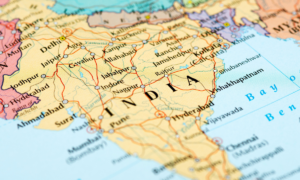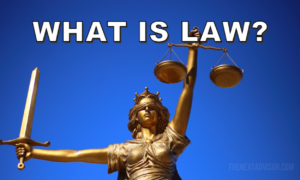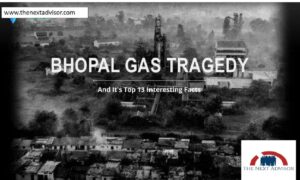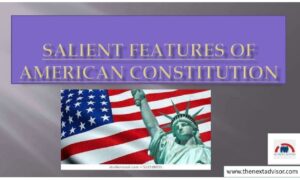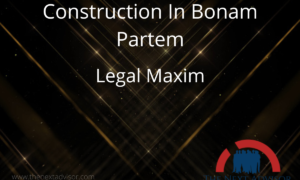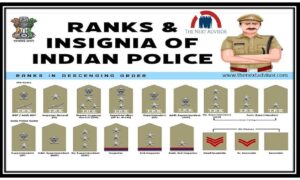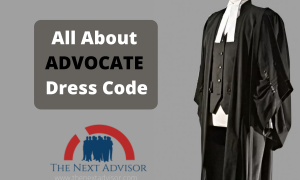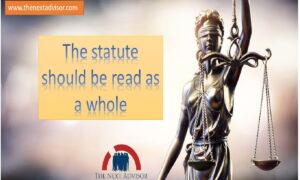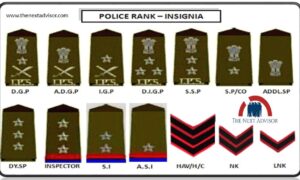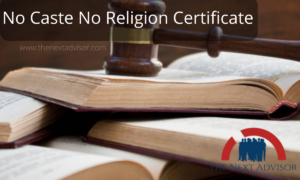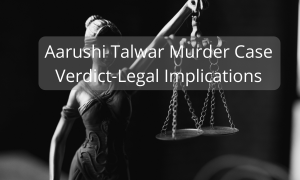Internet Ban Case – Anuradha Bhasin Vs Union Of India (Part 1) Please refer to it for more detail. Here you can get the next part of the above link. In which you can get more detail about the judgments and Court views about the Internet Ban Case Judgment – Anuradha Bhasin V. UOI (Part 2) Previously I explain to you the First part of the Internet ban case now let us see the Internet ban case judgment more deeply.
Whether the Government can claim exemption from producing all the orders for the restrictions?
The Court held in Internet Ban Case Judgment – Anuradha Bhasin V. UOI, that the State had to produce the orders imposing the restrictions. It began by noting the difficulty it had experienced in determining the legality of the restrictions when the authorities had refused to produce the orders imposing the said restrictions. Citing the precedent in Ram Jethmalani v. Union of India, 2011 the Court explained that the State had an obligation to disclose information in order to satisfy the right to remedy as established in Article 32 of India’s Constitution.
Article 19 of India’s Constitution had been interpreted to include the right to information as an important part of the right to freedom of speech and expression. The Court added, ” a democracy, which is sworn to transparency and accountability, necessarily mandates the production of orders as it is the right of an individual to know. ” The State was thus obliged to take proactive steps to make public any law restricting fundamental rights unless there was a countervailing public interest reason for secrecy.
However, even in such cases, the Court would be the body to weigh the State’s privileges against the right to information and decide what portions of the order could be hidden or redacted. In the present case, the State initially claimed privilege, but then dropped the claim and released some of the orders, explaining that all could not be released because of unspecified difficulties. For the Court, such justification was not a valid ground.
Whether freedom of speech and expression and freedom to practice any profession, or to carry on any occupation, trade, or business over the Internet is a part of the fundamental rights protected by Article 19 ( 1 ) ( a ) and Article 19 ( 1 ) ( g ) of the Constitution?
The Internet plays a very important role in trade and commerce, and some businesses were completely dependent on the internet. Therefore the freedom of trade and commerce by using the internet was also constitutionally protected under Article 19 ( 1 ) ( g ), subject to the restrictions provided under Article 19 ( 6 ). The Court reiterated that freedom of expression guaranteed under Article 19 of India’s Constitution extended to the internet. The Court recalled its extensive jurisprudence that extended protections to new mediums for expression.
In Indian Express v. Union of India, 1985 the Supreme Court ruled that freedom of expression protects the freedom of print medium. In Odyssey Communications Pvt . Ltd. v. Lokvidyan Sanghatana, 1988 it was held that the right of citizens to screen films was a part of the fundamental right of freedom of expression. Online expression has become one of the major means of information diffusion, and accordingly, it was integral to the enjoyment of freedom of speech and expression guaranteed by Article 19 ( 1 ) ( a ), but also could also be restricted under Article 19 ( 2 ) of the Constitution.
The complete prohibition should not excessively burden free speech and the government has to explain why lesser alternatives would be inadequate. The Court, however, did not go as far as to declare the right to access the internet as a fundamental right because none of the parties to the case made that argument.
The Court then discussed whether freedom of expression could be restricted and to what extent. India’s Constitution allows the Government to restrict freedom of expression under Article 19 (2) as long as the restrictions were prescribed by law, were reasonable, and were imposed for a legitimate purpose.
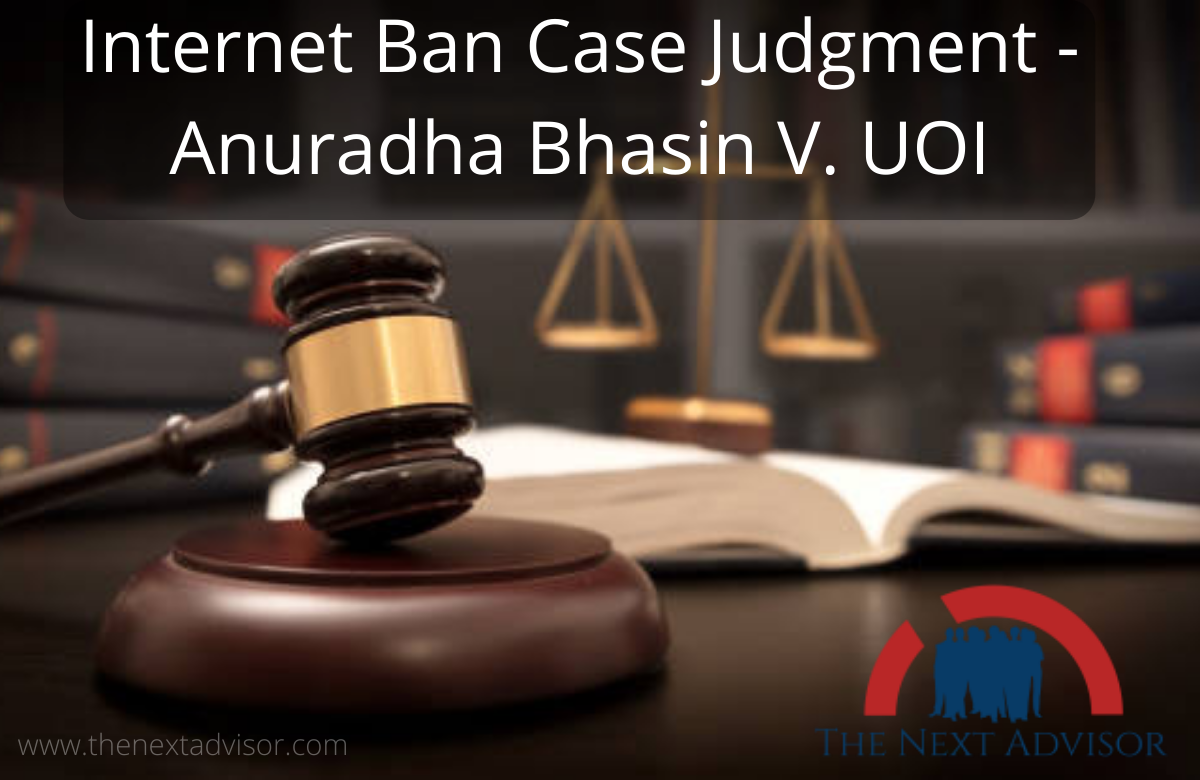
Internet Ban Case Judgment – Anuradha Bhasin V. UOI
Whether the Government’s action of prohibiting internet access is valid?
The Court then turned to the geopolitical context of the restrictions. It agreed with the Government that Jammu and Kashmir had long been plagued by terrorism. The Court noted that modern terrorists relied heavily on the internet, which allowed them to disseminate false information and propaganda, raise funds, and recruit others to their cause. The Court noted that “the war on terror” was unlike territorial fights and transgressed into other forms affecting normal life, thus it could not be treated as a law and order situation.
The Court then reviewed the U.S. First Amendment and its jurisprudence from 1863 to the present day conclude that speech that incites imminent violence is not protected. The Court highlighted that American leaders and the judiciary repeatedly restricted freedom of expression in the name of national security. Just as the First Amendment, the Indian Constitution allows the Government to restrict freedom of expression, but per the Indian Constitution such restrictions must be proportionate. The Court stressed that the standard of proportionality was key to ensuring that a right is not restricted beyond what is necessary.
The court outright rejected the State’s justification for a total ban on the internet because it lacked the technology to selectively block internet services as accepting such logic would have given the State the green light to completely ban internet access every time. However, the Court conceded that there was “ample merit in the contention of the Government that the internet could be used to propagate terrorism thereby challenging the sovereignty and integrity of India” and thus it had to determine the extent to which the restriction burdened free speech.
The Suspension Rules under Section 7 of the Telegraph Act were passed in 2017 and allowed the government to restrict telecom services, including access to the internet, subject to certain safeguards. These safeguards were that first, the suspension orders may be issued only by the Secretary to the Government of India in the Ministry of Home Affairs or by the Secretary to the State Government in charge of the Home Department. Furthermore, Section 5 ( 2 ) of the Telegraph Act permitted suspension orders only in a situation of public emergency or in the interest of public safety.
Although the phrase ” public emergency ” has not been defined under the Telegraph Act, it has been clarified that the meaning of the phrase can be inferred from its usage in conjunction with the phrase ” in the interest of public safety ” following it. The court pointed out that the public emergency is required to be of serious nature, and needs to be determined on a case-to-case basis.
Finding it necessary, the Court once again reiterated that ” complete broad suspension of telecom services, be it the Internet or otherwise, being a drastic measure, must be considered by the State only if ‘ necessary ‘ and ‘ unavoidable ‘. In furtherance of The same, the State must assess the existence of an alternate less intrusive remedy.
The Court noted that the Suspension Rules do not indicate the maximum duration of a suspension order. Since the Suspension Rules were silent on the length of a permissible shutdown, the Court found that it was up to the Review Committee to determine its duration and to ensure that it would not extend beyond a period that was necessary.
Whether the imposition of movement restrictions under Section 144 of the Code of Criminal Procedure was valid?
The Court noted that Section 144 is one of the mechanisms that enable the State to maintain public peace and it could be invoked in urgent cases of nuisance or perceived danger. Thus, it allows the State to take preventive measures to deal with imminent threats to public peace. The Section contains several safeguards to prevent its abuse, including an assessment by a magistrate to conclude that there were sufficient grounds for restrictions under the section, identification of a person(s) whose rights may be restricted, and determining the length of the restriction.
Law and order The Supreme Court agreed that the notions of ” public order ” and ” law and order differed, with the latter being the broadest . The Court described the differences as concentric circles with law and order representing the largest circle ” within which is the next circle representing public order and the smallest circle representing security of State. ” Public order Magistrates must balance the right and restriction on the one hand against the right and duty on the other, and any restrictions must be proportionate.
Although the restrictions may have been removed, the Court stated that it cannot ignore noncompliance with the law in This case, as the issue at hand is not just about what happened in Jammu and Kashmir but also about imposing a check on the State. The danger contemplated should be in the nature of an ’emergency’ and for the purpose of preventing obstruction and annoyance or injury to any person lawfully employed.
Whether the Freedom of the press was violated due to the restrictions?
The Court began by highlighting the importance of freedom of the press. It recalled that as early as 1914 Channing Arnold v. The Emperor, the freedom of the press had been recognized in India. It was thus no doubt that the freedom of the press is a valuable and sacred right protected by the Indian Constitution.
However, the Court found that the Petitioners failed to offer evidence that the restrictions restricted the publishing of newspapers in Jammu and Kashmir or to challenge the State’s argument that newspapers were published and distributed during the communication and movement lockdown. ” In view of these facts, and considering that the aforesaid Petitioner has now resumed publication, we do not deem it fit to indulge more in the issue other than to state that responsible Governments are required to respect the freedom of the press at all times.”
Conclusion in Internet Ban Case Judgment – Anuradha Bhasin V. UOI.
Freedom of expression and the freedom to practice any profession online were protected by India’s Constitution Although the Government could suspend the Internet, the government had to prove the necessity and impose a temporal limit, which it failed to do in this case. Thus, the government had to review its suspension orders and lift those that were not necessary or did not have a temporal limit.
Restrictions under Section 144 of the Code of Criminal Procedure could not be used to suppress legitimate expression and are subject to judicial scrutiny. The Court thus ordered the State to review its restrictions.
Aftermath (What happened after Internet Ban Case Judgment – Anuradha Bhasin V. UOI)
The judgment was passed on 10th January 2020. Thereafter, on 25th January 2020, 2G services were restored for verified users. Only whitelisted websites could be accessed and social media remains prohibited. The services were snapped again the same day on account of security concerns for Republic Day, 2G services for whitelisted websites were later restored on 26th January 2020 at 4 PM.
On 4th March 2020, a new order was passed by the administration of J & K, whitelist was removed but the internet could only be accessed using 2G on verified SIMs. Still, only 2G services are allowed on mobile phones. This is all about the Internet Ban Case Judgment – Anuradha Bhasin V. UOI. The Court held in Internet Ban Case Judgment – Anuradha Bhasin V. UOI, that the State had to produce the orders imposing the restrictions. It began by noting



